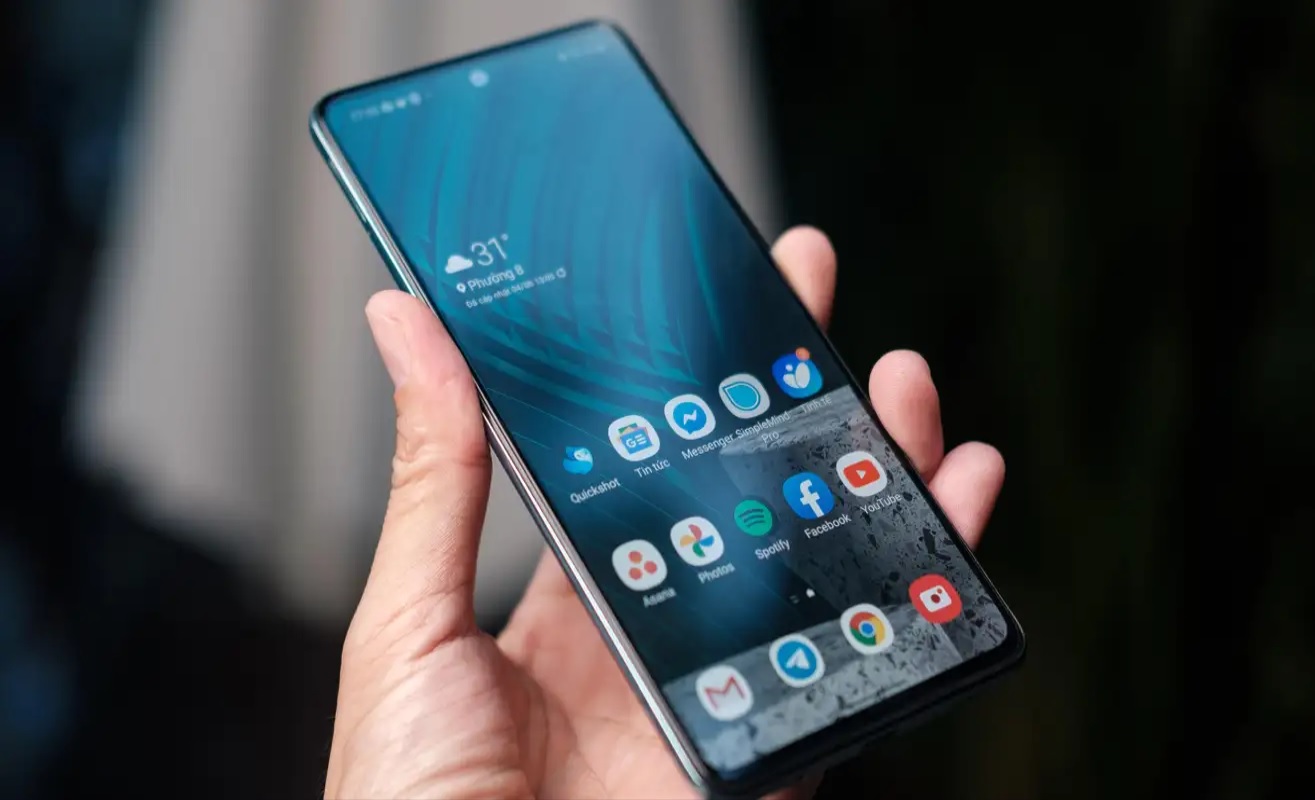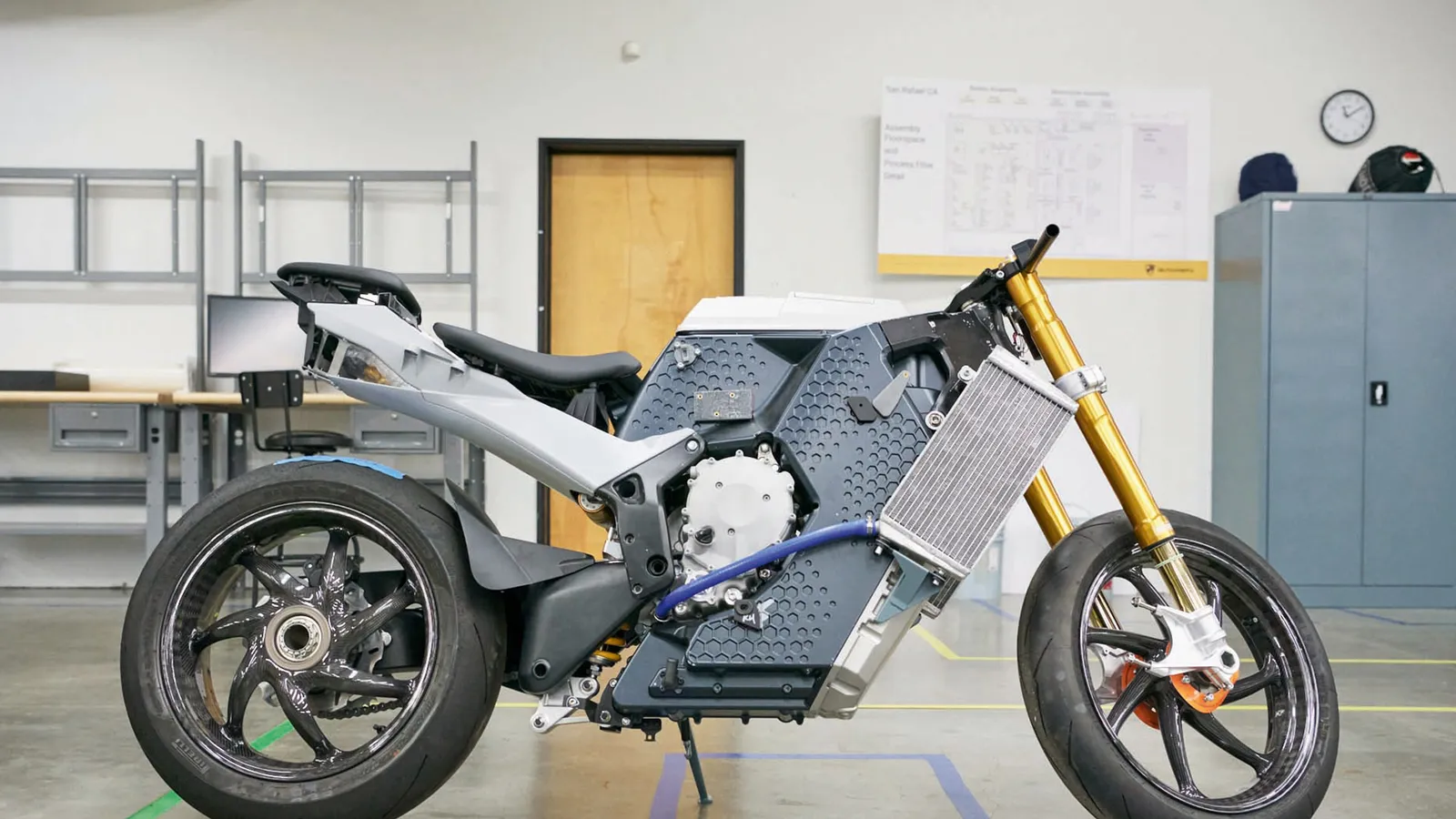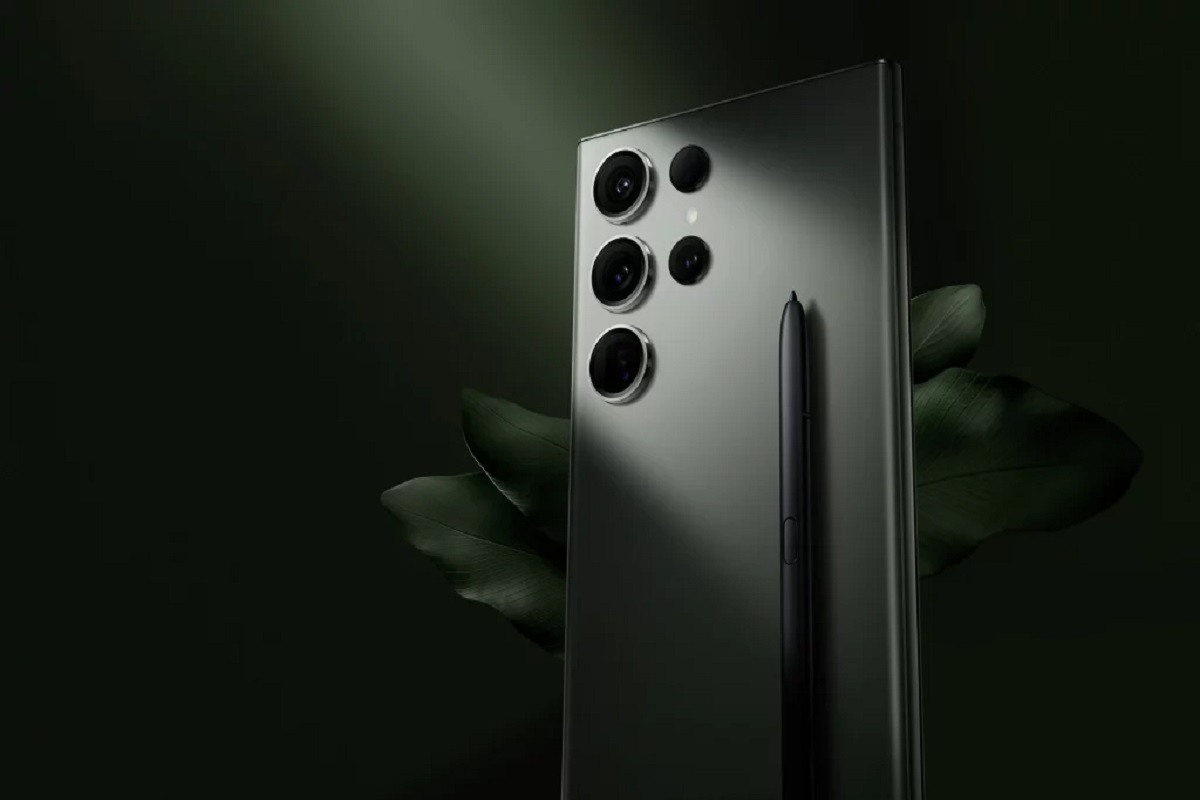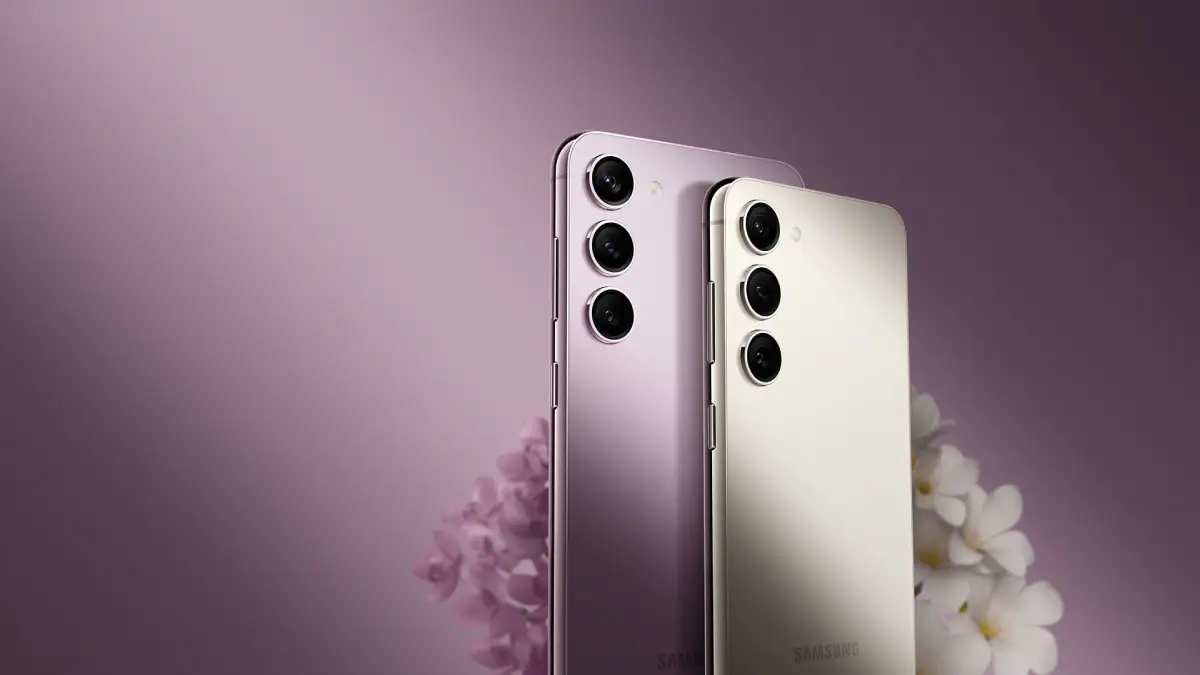Good news for those who wanted an upgrade to Samsung’s One UI interface. Samsung has decided to update it to version seven. This means there will be big changes in design and animation. You can expect improvements in many areas including design and animation.

BETTER PERFORMANCE
The new user interface was tested on BigBench and got good scores. It scored 2114 in single core and 6616 in multicore tests. This was tested on the Samsung Galaxy S24 Plus.
PERFORMANCE BOOST
The new interface will make your device faster and more responsive. Multitasking will be easier and more comfortable.
NEW ICON DESIGN
The icons will look different, giving the whole interface a fresh look. The new icons will be more modern and attractive than before.
SMOOTHER ANIMATIONS
Samsung has worked on the animations. They will feel more natural and enjoyable. The navigation will be smoother.
ANDROID 15 INTEGRATION
One UI 7 is based on the Android 15 platform. This means it will include all of Google’s latest features and improvements. The new interface will also get all kinds of security updates.
IMPROVED USER EXPERIENCE
You will notice changes in the new interface system, including better animations. Expect a more modern and attractive look.
FUTURE-PROOFING DEVICES
With One UI 7, Samsung offers a future-proof device. Users will enjoy the latest features and updates for a long time. The Chinese Galaxy S23 series phones started testing One UI 6 in early September 2023, and the stable version was officially released at the end of October 2023, with the Chinese version coming in November 2023. This timeline gives us an idea of the usual rollout process for big One UI updates.




